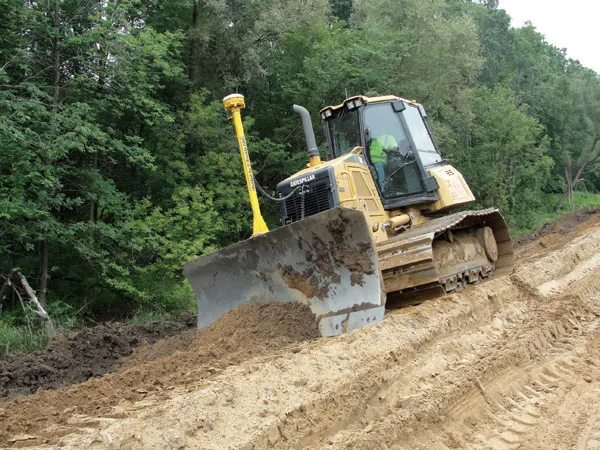Sandvik says that its new QE440 screen offers higher throughput and productivity than the machine it replaces. Aimed at the aggregate production market the QE440 offers 40% more screening area than its predecessor, the QE340, while featuring stockpiling conveyors that are wider, and higher. These can cope with the increased production capacity and can stack larger stockpiles. Punched plate, heavy duty mesh, rock fingers or grizzly bars can be fitted to the top deck while heavy duty mesh or fingers can be fi
February 7, 2012
Read time: 2 mins

Also new from Sandvik is the QI440HS, a heavy-duty, tracked, self propelled impact crusher with an on board re-circulating system, double and double deck screen, to allow two screened products to be produced. It has an independent pre- screen that allows for maximised scalping prior to feed to the impactor, and can produce a screened product from the side conveyor. And the QA331 is a new three way split tracked screen, a tracked machine designed for the recycling and contractor market. This three way split screener is developed from the earlier QA330 and offers improved screening capacity. The QA331 now incorporates a 4.27 x 1.52m two bearing screen box, with increased screening angle built into the bottom deck of the screen with an additional 5º screening angle. It also offers a greater screening surface area and increased throw on the screen box, boosting capacity.








